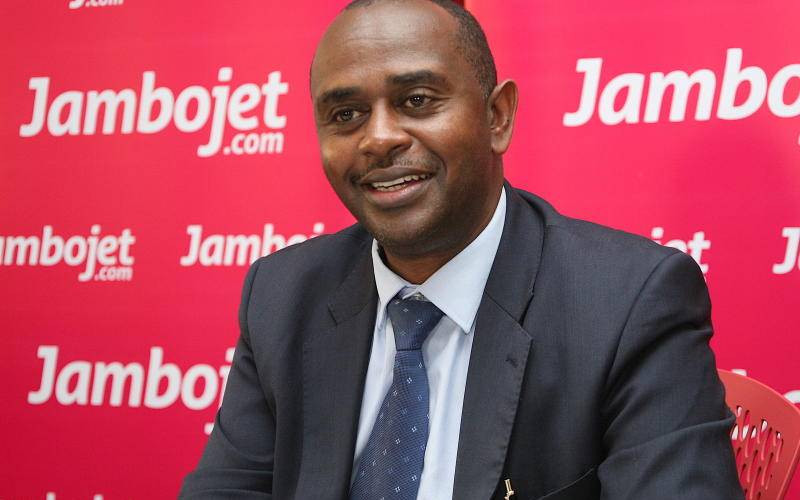×
The Standard e-Paper
Kenya’s Boldest Voice

Low-cost carrier, Jambojet has not been spared from the current difficult business environment compounded by the weakening of the Kenyan shilling against the US dollar amid a biting shortage of the greenback.
As a result, operating costs have gone up 12.4 per cent.